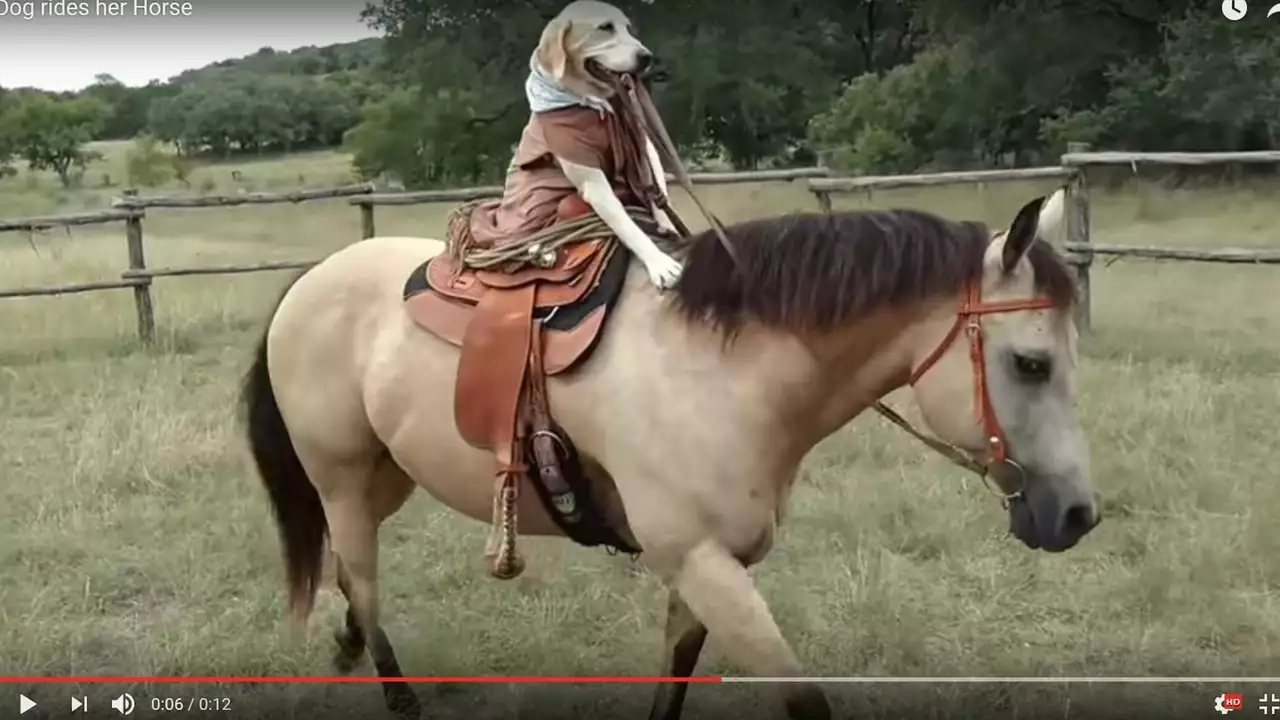Is horse riding cruel?
 Aug, 2 2023
Aug, 2 2023
Introduction to a Horse's Natural Lifestyle
Strike up a conversation about horse riding, and you're bound to get some impassioned responses. I stand on the campus of human-horse interaction with a perspective I've gleaned from my years as a lad growing up in Australia's grand wilderness. I've seen horses in their natural element, trotting, galloping, or cantering freely over majestically wide spaces, uninterrupted by saddles, stirrups, or reins.
A horse's instinctual urge is to roam throughout the day, grazing and engaging with its herd mates. With their whimsical tails swishing and manes fluttering in the wind, they've performed this timeless dance on a vast grassy stage. This natural routine is a beautiful, harmonious ballet that's designed by nature and guided by survival instincts. It causes one to pause and consider: does the act of riding impede this natural rhythm?
The Evolution of Horse-Human Relationship
Now, let's hop in the time machine and venture off to the ancient period of our relationship with the horse. Interestingly, horses were not initially domesticated for riding. Nope, their main role was food provision for our Nomadic predecessors. It was only around 4000-3500 BC that man jumped aboard and realised the advantages of equine mobility - a literal game-changer in war, hunting and stirring up the dust in chariot races.
Since those early times, horses and humans have journeyed through history together, their paths intertwining in a symphony of collaboration and mutual reliance. Over the ensuing millennia, horses have adapted to carrying riders, and, in return, humans have steadily learned to interact with and respect these animals. Although this relationship was born out of necessity, it has evolved into a remarkable bond - one that should be underpinned by mutual respect and understanding.
Understanding the Horse Physiology
When discussing horse riding's impacts, we must first understand equine physiology. After all, it's similar to knowing your car inside out before you hit the road, right? Horses are stupendously strong creatures, capable of carrying weight without significant distress or discomfort. Their spine, like a masterly engineered bridge, connects the front and rear parts of their bodies, distributing weight evenly across their frame.
But, like any engine, a horse's anatomy has its limits. No horse, regardless of strength, should be burdened with more than 20% of its body weight. This includes the rider, saddle, and any additional tack. Overloading can result in discomfort, strain, or injury. So, as responsible riders, it becomes paramount that we revel in the joy of riding, while always respecting the physical boundaries of these majestic creatures.
Riding and Training Methodologies
The style, frequency, and methods of riding play a significant role in defining the experience for our equine friends. Think of it like the difference between going for a quiet countryside walk or running a marathon in too-tight shoes, wouldn’t you agree? There is a wide range of training methodologies, from kind and patient approaches to, regrettably, harsh and ruthless techniques.
It is disheartening to know that certain ruthless practices exist in industries where horses are viewed as mere commodities. These practices, undoubtedly, detract from the well-being of horses. However, let's also acknowledge the plentiful number of compassionate riders and trainers who treat horse riding as an art. They listen to their animals, notice subtle signs of discomfort, treat them with kindness, and create a bond that transforms horse riding into a dance that two partners perform in unison. As horse lovers, let's strive for such harmonious relations.
Horses as Therapy Animals
Here’s an interesting tidbit: horses have also danced their way into the realm of therapy. Equine Assisted Therapy is blooming, dishing out a generous dollop of therapeutic goodness to those dealing with mental health issues, behavioural problems or physical disabilities. The research in this arena is quite a page turner, showing significant positive results for individuals involved.
Termed as 'gentle giants,' horses have this almost mystical ability to sense human emotions and respond empathetically - a haloed relationship that goes beyond the conventional rider-horse dynamic. For instance, I once knew a teenager struggling with severe social anxiety and speech issues. Through months of consistent interaction with horses, gradual improvements in his anxiety and speech patterns were observed. This is proof of the enormous positive potential trapped within this human-horse relationship.
In Conclusion: Is Horse Riding Cruel?
So, here we are at the crossroads of our question: Is horse riding cruel? Like so many things in life, the answer is not black and white. The panoramic view reveals a spectrum of practices, insights, considerations, and interactions that must be navigated to arrive at an answer.
Do horses experience discomfort when ridden? Perhaps they do when ridden irresponsibly. But, the universe of responsible, mindful horse riding is vast, brimming with empathetic riders who are tuned into their horse's needs, ensuring their welfare is always a priority. The bond between the rider and horse can be a source of joy and growth for both parties involved. Thus, it's safe to suggest that horse riding, when practised with respect, understanding and love, isn’t cruel; on the contrary, it can be a beautiful partnership.